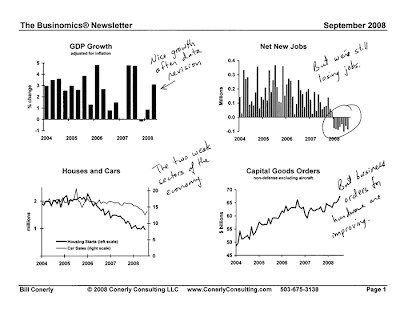A recent market research report by the Hartman Group entitled The Many Faces of Organic 2008 (available for a mere $15,000) explores and explains the consumer lifestyle and cultural shifts occurring in organic shopping and usage. While this newest organic study finds that the sky hasn’t fallen, the organic surge may at least be cresting.
To consumers the idea of organic is increasingly less about objective distinctions and is becoming more symbolic in nature. A halo equating quality notions like “non-processed,” “real,” “pure,” “authentic,” “handcrafted,” “tasty,” hovers over organics as much as notions of such products being “free of” negative ingredients. Beneath the halo of healthiness, “fresh” outshines the variety of attributes associated with organic.




